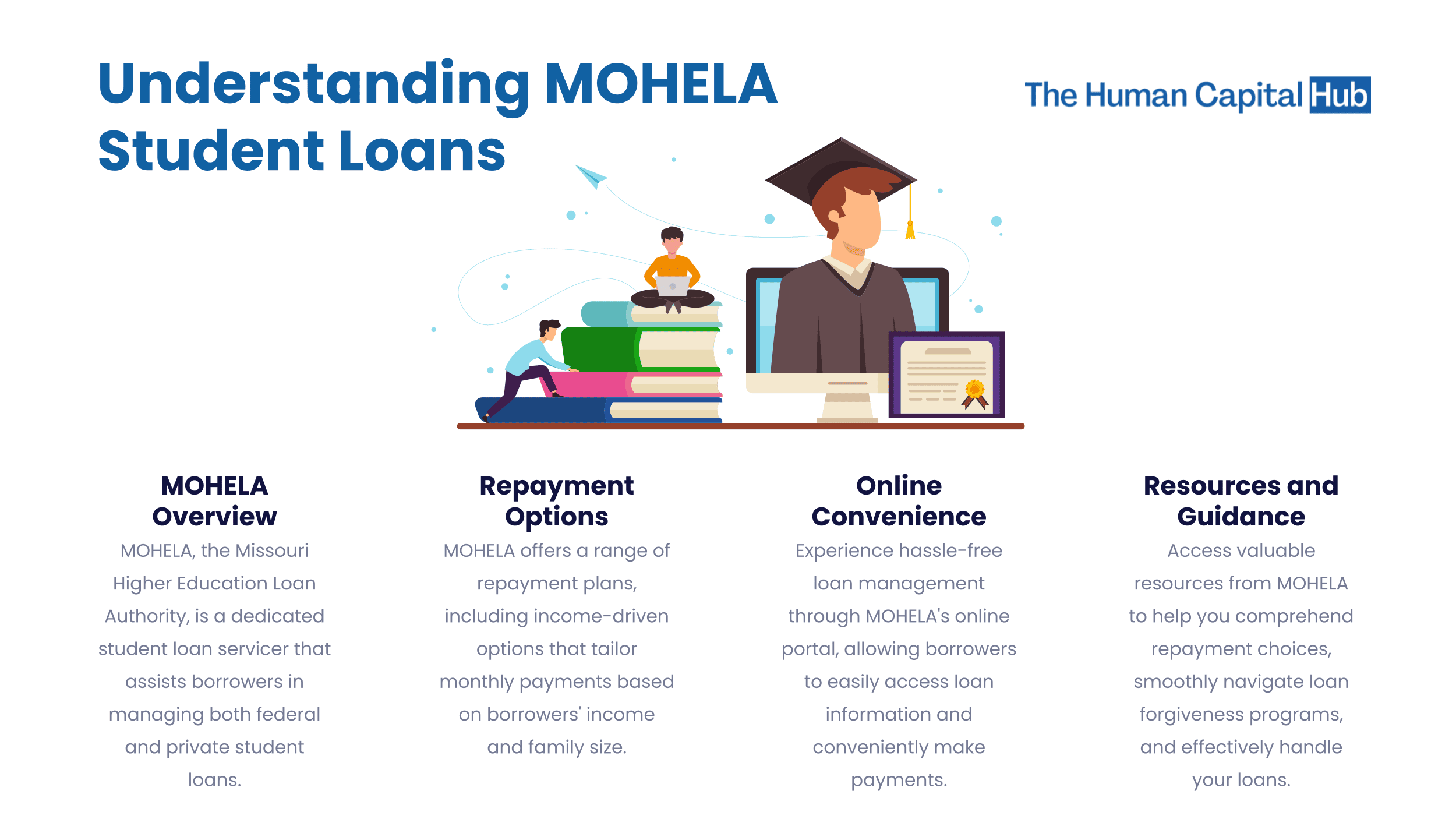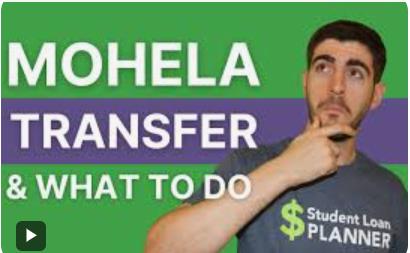For millions of Americans, student loan debt is a heavy weight; refinancing may be a game-changer. You are in the right spot if you have student loans handled by Mohela and are thinking about Mohela student loan refinance. From knowing Mohela’s position to determining whether refinancing is the right action for you, this guide will walk you through what you need to know.
What are Mohela student loans?
Among the biggest student loan servicers in the United States is Missouri Higher Education Loan Authority, or Mohela. It guarantees borrowers make timely payments by managing federal and private student loans, therefore offering customer service support. But Mohela is not a lender; it does not provide refinancing choices or loan starting points. Rather, it pays loans on behalf of commercial lenders and the U.S. Department of Education.
Can You Refinance Mohela Student Loans?
Although Mohela itself does not provide refinancing, private lenders let you refinance debts presently under service by Mohela. Refinancing entails taking out a new loan with a private lender to pay off your old student loans—potentially getting a cheaper interest rate, cutting monthly payments, or shortening your loan term.
Pros and Cons of Mohela Student Loan Refinance
Pros
- Lower Interest Rates: If you have great credit and a consistent income, you may qualify for much lower interest rates compared to your federal loan rates.
- Lower Monthly Payments: By extending your repayment period, you can minimise your monthly financial load.
- Faster Payoff: Shortening your loan term can help you become debt-free sooner and save on interest in the long run.
- Simplified Repayment: If you have many student loans, refinancing consolidates them into one easy-to-manage monthly.
Cons
- Loss of Federal Protections: Refinancing federal loans with a private lender means giving up government advantages such as income-driven repayment (IDR) plans, public service loan forgiveness (PSLF), and deferral opportunities.
- Credit Requirements: Private lenders expect good to exceptional credit and a solid income, which can reject certain borrowers.
- Fixed vs. Variable rates: While some lenders provide low initial variable rates, they might grow over time, making long-term repayment uncertain.

How to Refinance Mohela Student Loans
Step 1: Evaluate Your Financial Situation
Before refinancing, check your credit score, financial stability, and existing loan terms. If your credit score is below 650, try increasing it before applying.
Step 2: Compare Lenders
Since Mohela doesn’t refinance loans, you’ll need to contact a private lender. Compare interest rates, loan terms, fees, and repayment choices from numerous lenders, including:
- SoFi
- Earnest
- Credible
- Citizens Bank
- LendKey
Step 3: Prequalify
Most lenders enable you to check your possible rates without harming your credit score. Prequalification allows you to compare offers without committing.
Step 4: Choose the Best Offer
Pick a lender that offers the finest blend of cheap loan rates, flexible terms, and good customer service.
Step 5: Apply and Provide Documentation
You’ll need to submit:
- Proof of income (pay stubs or tax records)
- Credit report authorization
- Loan statements from Mohela
- Identification documents
Step 6: Approval and Loan Payoff
Once authorised, your new lender will pay off your Mohela debts. Moving forward, you’ll make payments to your new lender on the refinanced terms.

When Should You Refinance Mohela Student Loans?
Refinancing is ideal if:
- You have strong credit (usually 700+)
- Your income is consistent and expanding
- You’re not reliant on government perks like PSLF or IDR plans
- You want to cut your interest rate and save money
You should avoid refinancing if you work in public service and qualify for PSLF, rely on income-driven repayment programs, or have unclear job security.
Alternatives to Mohela Student Loan Refinance
If refinancing isn’t the right match, try these alternatives:
1. Income-Driven Repayment (IDR) Plans
Federal loans administered by Mohela are eligible for IDR plans, which restrict your monthly payments based on your income and family size. These include:
- PAYE (Pay As You Earn)
- REPAYE (Revised Pay As You Earn)
- IBR (Income-Based Repayment)
- ICR (Income-Contingent Repayment)
2. Public Service Loan Forgiveness (PSLF)
If you work for a qualifying nonprofit or government organisation and make 120 qualifying payments, your remaining amount might be forgiven under PSLF.
3. Federal Loan Consolidation
If you have several federal loans handled by Mohela, merging them through a Direct Consolidation Loan won’t cut your interest rate but can simplify payments and retain government benefits.
Common Mistakes to Avoid When Refinancing
- Ignoring Fees: Some lenders charge origination fees or prepayment penalties.
- Not Shopping Around: Don’t settle for the first offer; evaluate multiple lenders.
- Overlooking Federal Protections: Make sure you won’t require perks like deferral or forbearance before refinancing.
- Choosing the Wrong Loan Terms: A longer period decreases monthly payments but raises total interest charges, whereas a shorter term increases payments but saves money overall.
FAQs
You can refinance as many times as you want, and you might even get cash-back bonuses from Student Loan Planner®’s lending partners.
Here’s how to refinance student loans, in a nutshell: Find lenders that will offer you an interest rate that’s lower than your current rate. Compare offers. Apply for the loan with the lowest rate. If you’re approved, the new lender will pay off your existing loans.
The entire process typically takes between four and six weeks from the date your application is received. Before completing a consolidation application, carefully consider the following information to determine whether loan consolidation is the best option for you.
Conclusion
Mohela student loan Refinance might be a wise choice if you qualify for a lower interest rate and don’t require government perks. However, it’s not for everyone. Consider your financial goals, compare lenders, and analyse the advantages and drawbacks thoroughly before making a decision. If refinancing isn’t suitable for you, try government repayment plans or forgiveness programs that could better fit your circumstances.
By making an informed choice, you can take control of your student loan debt and strive toward financial independence.
